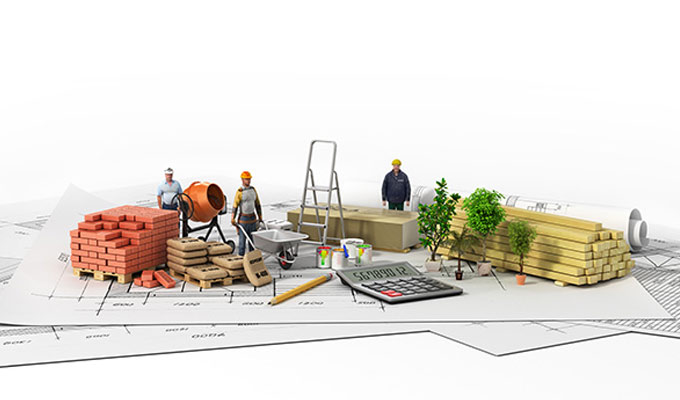Avoid these most common BIM mistakes
Tweet
Another investigation of mechanical and HVAC contractors utilizing Building Information Modeling software (BIM) uncovers how much these contractors are locked in with BIM, the advantages that they experience from its utilization, and the difficulties they face in extending the utilization of BIM.
The overview shows that mechanical contractors are advanced clients of BIM software who have seen the advantages from that utilization.
BIM (Building Information Modelling ) is an open system software which combines geometric and other data relating to construction components to create a digital modeling of a building.
Like all other systems BIM can only work to its full potential only when people inputing and sharing data are doing that with processes designed to minimize error and maximize efficiency.
Let's look at the most common mistakes in BIM :
- Not having BxP (BIM Execution Plan): BxPs are not only necessary for major projects. Like most things in life, even a less perfect execution plan is better than having no plan at all. BxP needs to cover the fundamentals like file exchanges and file types, naming conventions and the content of the files themselves.
- Having the wrong hardware: It's not necessary to have the most expensive and powerful computer, but it is necessary to have the right tool to do the right task depending on the software being used. Everything from the speed of your device's CPU to the number of cores, amount of system memory, type and size of hard drive and type of graphics card will directly affect performance and speed.
- Ignoring the 'I' in BIM: The I stands for information contained in the database embedded with the BIM model, it is necessary to ensure the information within the model is not only correct, but not open to misinterpretation – in architect terms, if it looks like a wall in the model then it should actually represent a wall, complete with all its physical and non-physical properties including maintenance notes, history etc.
- Over-Modelling: In simple terms, don't concentrate on unnecessary details, like modeling down to the level of nuts and bolts or a branded tap.
- Over or under utilizing 3D content: One may end up creating essentially the same chair or table over and over, simply because you don't have a suitable 3D model ready to be used. On the other hand, if one have too many and load them into the file you'll end up with a project file whose libraries take up more size than the actual building model itself.
- Inadequate BIM training: BIM software continues to evolve and it's imperative to keep up to date. The only way to keep up is to make sure one has the latest software and are aware of any new features or modifications.
To get more information, please email Professor Lin at Click here

Gallery
Feel free to contact us for BIM requirements. One of our representative will respond you within 24 Hours. Send us your projects requirement today and grow your project.
Explore More !







